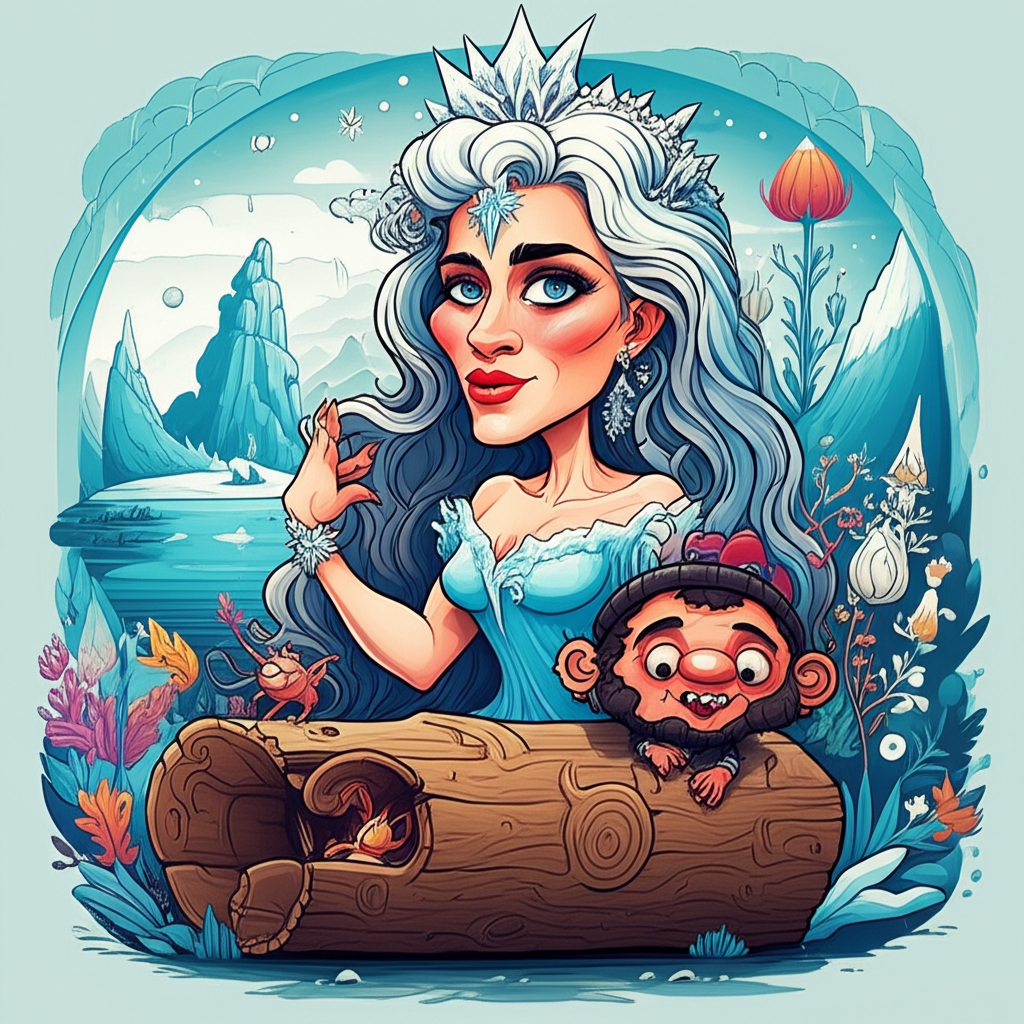
The whispers of ancient Slavic traditions carry tales of beings that inhabited the liminal spaces between the seen and the unseen, weaving their presence into the fabric of everyday life. Among these fascinating narratives are the stories of the Domovoi, household spirits, and the mythical Buyan Island, a place of potent magical significance. These are not accounts to be believed or followed, but rather echoes of a bygone era, preserved in folklore, offering a window into the worldview and imagination of ancient peoples.
The origins of these tales lie deep within the heart of Slavic culture, a tapestry woven from the threads of pagan beliefs that predated the widespread adoption of Christianity. Across vast swathes of Eastern Europe, from the dense forests of Russia to the rolling plains of Poland, communities lived in close communion with nature. Their lives were dictated by the rhythms of the seasons, the bounty of the land, and the unpredictable forces of the elements. In such an environment, where the veil between the tangible and the spiritual often felt thin, it was natural for people to attribute agency and personality to the world around them. The rustling of leaves might be the sigh of a forest spirit, the babbling brook the laughter of a water nymph, and the quiet hum of the hearth, the presence of a guardian.
This was a world viewed through a lens of animism, where spirits were believed to inhabit everything – trees, rivers, stones, and crucially, the homes that sheltered them. For ancient Slavs, their dwellings were not merely structures of wood and thatch, but living entities, imbued with a spirit of their own. This spirit, the Domovoi, was the embodiment of the household’s well-being, its prosperity, and its very essence.
The Domovoi, as depicted in these traditional stories, is not a fearsome monster or a divine entity, but a humble, often unseen, inhabitant of the home. Descriptions vary, but commonly portray the Domovoi as a small, elderly man, sometimes with a long white beard, dressed in simple, rustic clothing. He is often depicted with glowing eyes, a sign of his watchful nature, and a deep, rumbling voice that can be heard in the creaks of the floorboards or the rustle of unseen movement. He is not a creature of grand pronouncements or overt displays of power, but a subtle influence, a quiet presence. His symbolic attributes are those of home, hearth, and continuity. He represents the spirit of the dwelling, the accumulation of generations of life within its walls, and the unseen forces that maintain order and harmony. He is the keeper of domestic secrets, the silent witness to family joys and sorrows, and the protector of the home from external harm.
The narrative of the Domovoi often unfolds not as a grand epic, but as a series of subtle interactions and observations within the daily life of a household. Imagine a family in their wooden izba, the scent of woodsmoke and baking bread filling the air. As dusk settles, the youngest child might whisper about seeing a fleeting shadow in the corner, or the elder might claim to have heard a soft humming from the hearth when no one was near. These were not seen as mere figments of imagination, but as the gentle nudges and pronouncements of the Domovoi.
The Domovoi’s presence was intrinsically linked to the family’s respect and observance of household rituals. If the family was diligent in their chores, kept their home clean and tidy, and offered small tokens of respect – a saucer of milk left by the hearth, a crust of bread for the "master of the house" – the Domovoi would be benevolent. He would ensure the cows gave plenty of milk, the chickens laid their eggs, and the home remained safe from ill fortune. The rhythmic thrum of the loom would be steadier, the laughter of children more frequent, and a general sense of contentment would pervade the dwelling.
However, if the household became lazy, disrespectful, or chaotic, the Domovoi’s mood would darken. The subtle nudges would turn into more overt annoyances. Pots and pans might mysteriously clatter in the night, tools could disappear, and a general feeling of unease might settle over the home. In more severe cases, the Domovoi was believed to manifest more dramatically, creating disturbances that would serve as a stern warning, urging the family back to their duties and respect for the sanctity of their home.
The narrative of the Domovoi is often intertwined with the concept of Buyan Island. This mythical island, appearing in many Slavic tales and epics, is a place of immense magical power, often depicted as being located in the middle of a vast ocean, sometimes surrounded by a mist that conceals it from mortal eyes. Buyan Island is a nexus of cosmic forces, a place where the boundaries between worlds are blurred. It is the home of powerful beings, including the benevolent witch Baba Yaga in some traditions, and a repository of magical objects and knowledge.
The Domovoi, in his role as guardian of the hearth, is sometimes seen as having a connection to Buyan Island, as if drawing some of his protective energy from this mythical locale. The island serves as a symbolic representation of the untamed forces of nature and the potent magic that underpins the world. It is a place of both wonder and danger, a reminder of the vastness and mystery of existence that ancient peoples sought to understand and navigate through their stories.
The symbolism within these tales is rich and multifaceted. The Domovoi, for instance, represents the importance of home, family unity, and the continuity of generations. His presence underscores the idea that a well-maintained home is not just a physical structure but a living entity that thrives on care and respect. The disturbances caused by a displeased Domovoi can be interpreted as a metaphor for the natural consequences of neglecting one’s responsibilities and the importance of maintaining order and harmony within one’s life. Buyan Island, on the other hand, symbolizes the vast, often unknowable forces of nature and the mystical elements that influence human lives. It speaks to a desire to comprehend the inexplicable and to find meaning in the face of the unknown.
In the modern world, these ancient myths continue to resonate, albeit in different forms. The Domovoi, stripped of its literal belief, has found new life in literature, film, and video games. He is often portrayed as a quirky, helpful, or sometimes mischievous character, adding a touch of folklore and enchantment to contemporary narratives. Cultural studies scholars analyze these stories to understand the psychological, social, and spiritual landscapes of ancient Slavic societies, revealing how these tales reflected their fears, hopes, and their intricate relationship with the world around them.
In conclusion, the tales of the Domovoi and Buyan Island are not to be interpreted as literal truths, but as profound cultural narratives passed down through generations. They offer a fascinating glimpse into the imaginative world of ancient peoples, their understanding of their environment, and their efforts to find meaning and order in their existence. As Muslims, we recognize that the true Creator and Sustainer of all is Allah (SWT). These stories serve as a reminder of the enduring power of human imagination, the richness of cultural heritage, and the timeless tradition of storytelling that continues to shape our understanding of the world and ourselves. They are echoes of Morana, the ancient Slavic goddess of winter and death, yes, but also echoes of the human spirit’s perpetual quest for meaning and connection.





